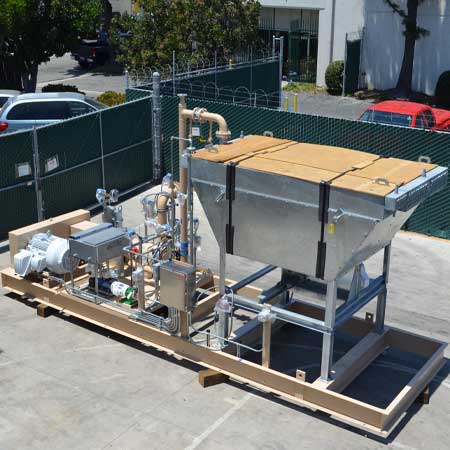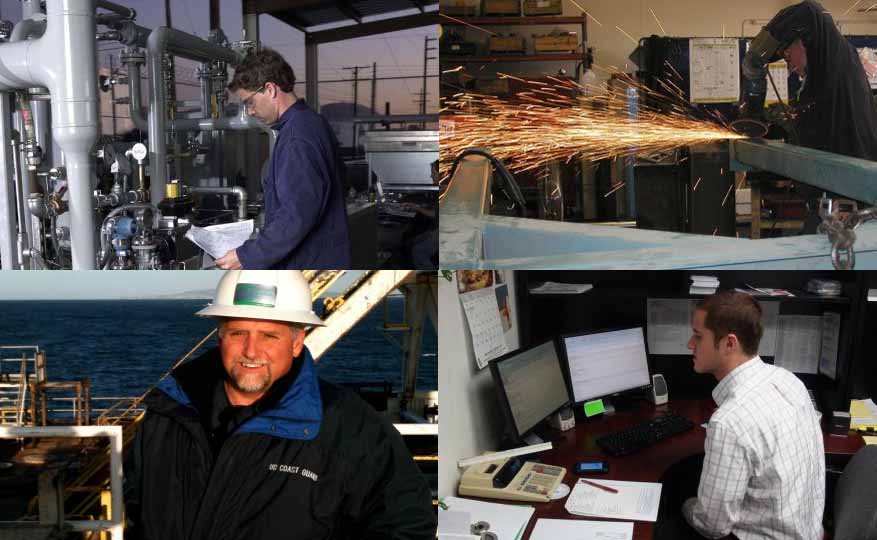Berry Petroleum contracted with McKenna Engineering’s services to create a custom sour gas compression system to enhance the oil recovery process at their Tidewater Dehydration Plant. The system required special design features such as special materials and increased safety measures to accommodate the highly corrosive and extremely toxic gases involved in the oil recovery process.
The Sour Gas Compressor package separates the H2S and CO2 from natural gas in the oil recovery process. After the H2S and CO2 is separated it is then re-injected into the well creating pressure in order to lift the oil and gas to the surface; assisting in the extraction of the oil.
McKenna Engineering faced a few challenges when providing the Sour Gas Compressor to Berry Petroleum. One main challenge for the team was the stringent time constraints to deliver the package. Amidst the delivery requirements; the team faced safety issues in regards to the H2S (lethal gas) along with the challenge of modifying the system to fit their pre-existing pipes and equipment.
McKenna Engineering overcame the few challenges by maintaining open communication and by working in conjunction with the customer. McKenna Engineers received clarification from Barry Petroleum’s Electrical Engineers in respect to the hazards involved with the project to take the correct safety measures; in turn being compliant with their requirements. McKenna engineers utilized the customers P&ID’s to customize the package to their specific constraints and specifications; turning the package around within the expedited time frame requested for the project.
Each skid had a sliding vane compressor with dual mechanical shaft seal including seal pot.The compressor was driven by a jack-shaft.The jack-shaft was driven by a v-belt driven electric motor. Air cooled heat exchanger used to cool both the gas discharging from compressor and a second circuit used as a compressor jacket water/glycol cooler. Temperature and pressure indicating transmitters were used throughout the skid for monitoring process conditions and used in the control of the gas compressor and recycle valve. A recycle valve was supplied separate from the skids and used to control suction pressure when the turndown of the compressor was not sufficient to match lower gas flow conditions.

Call or message us today to learn how partnering with EWS can make your project a reliable success.
